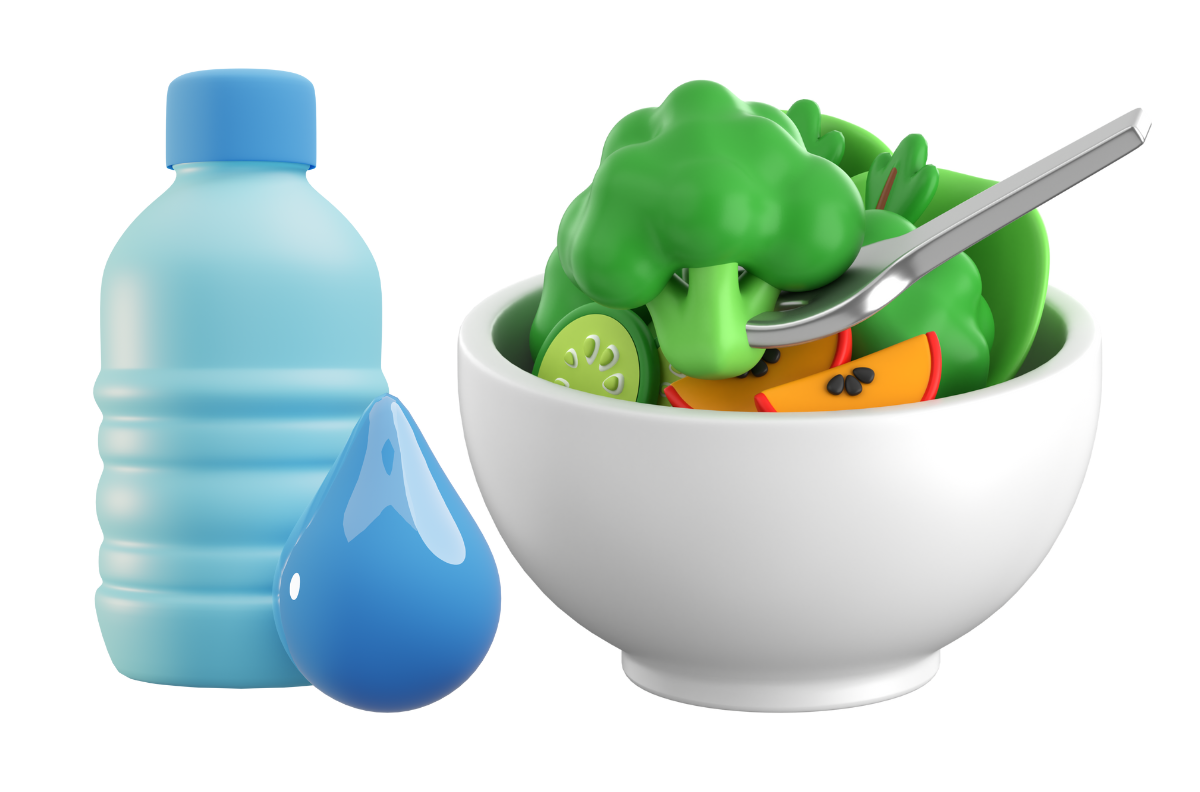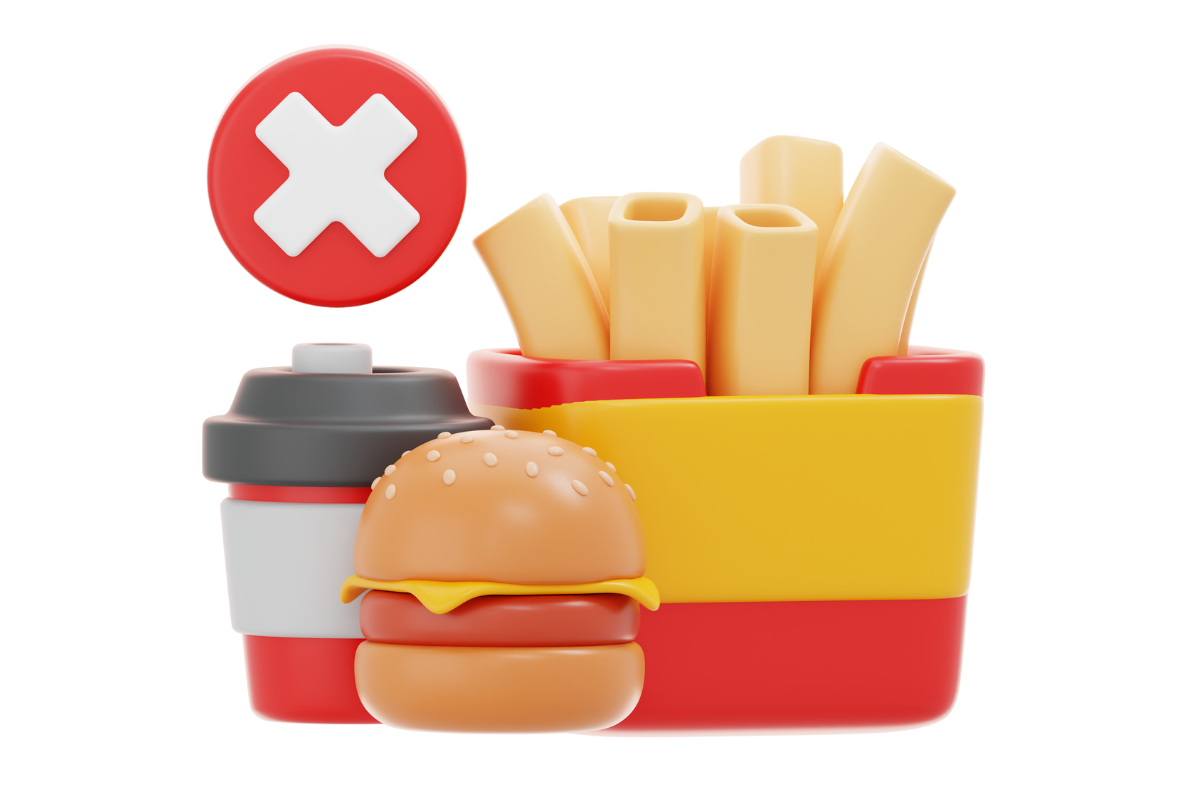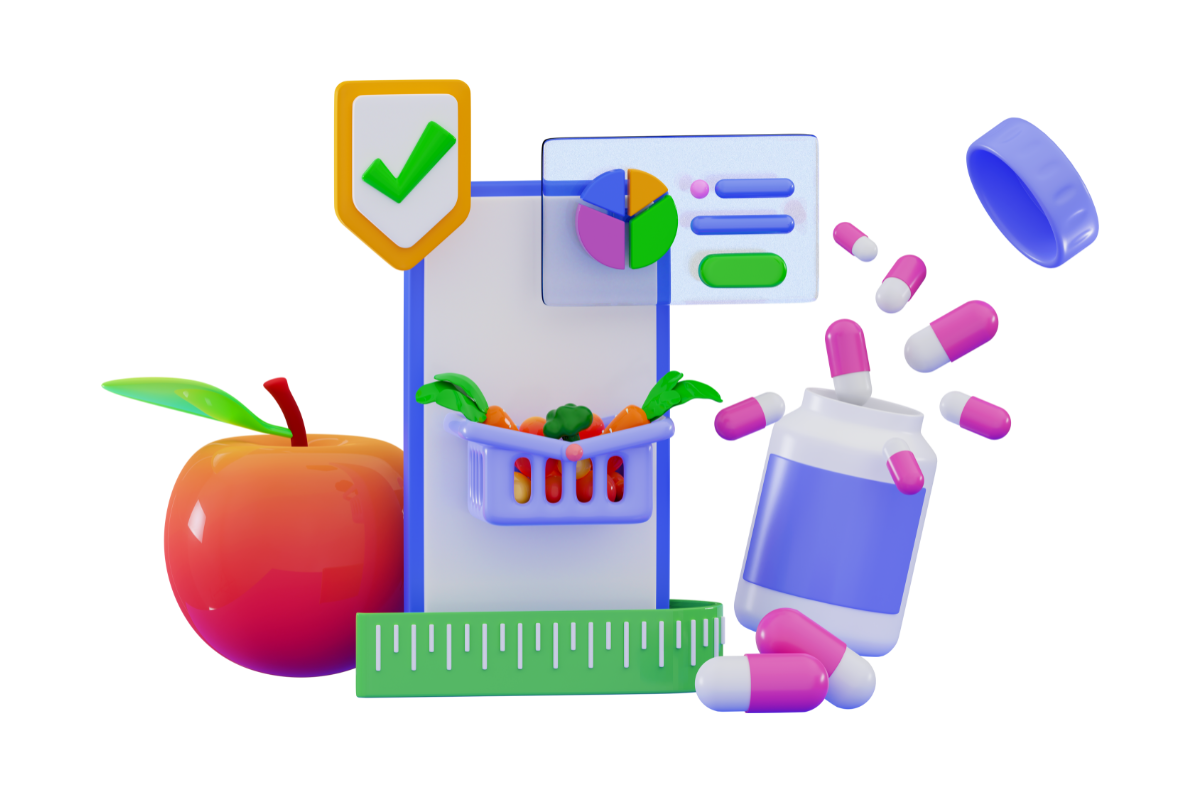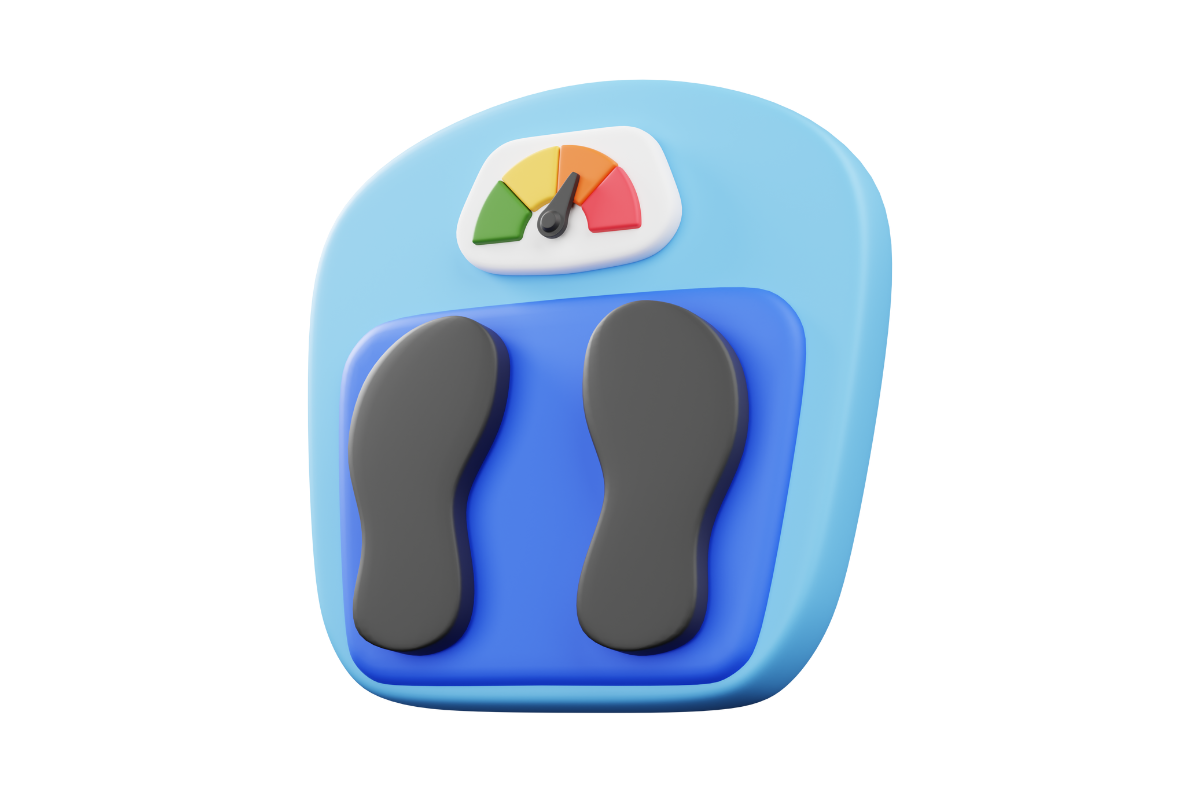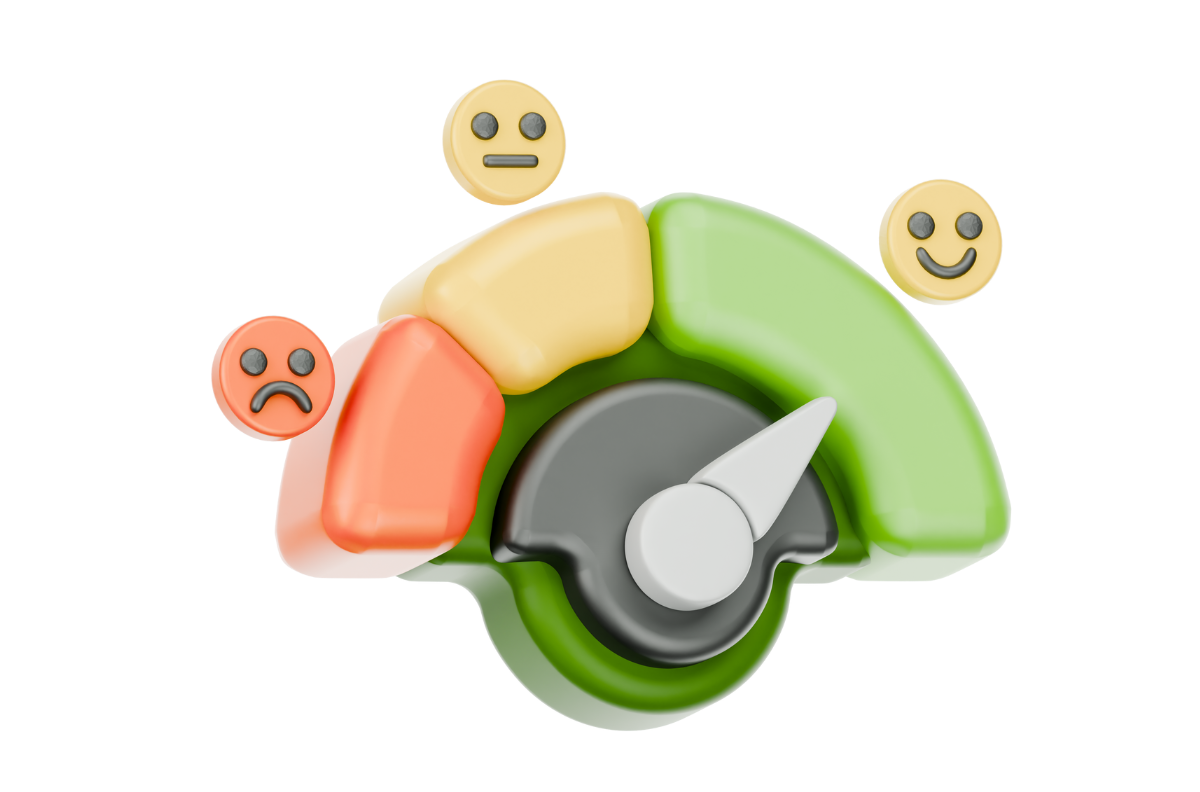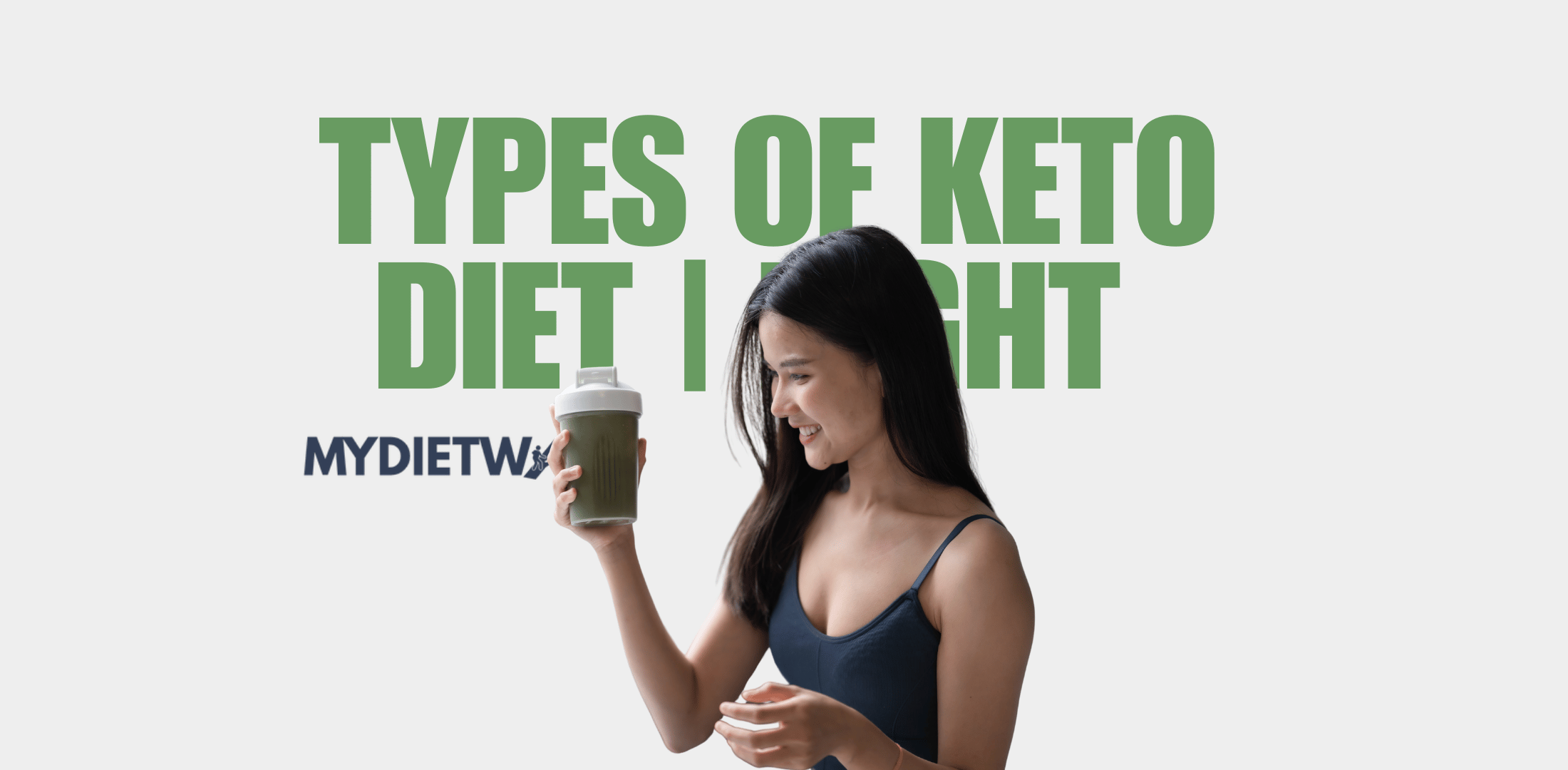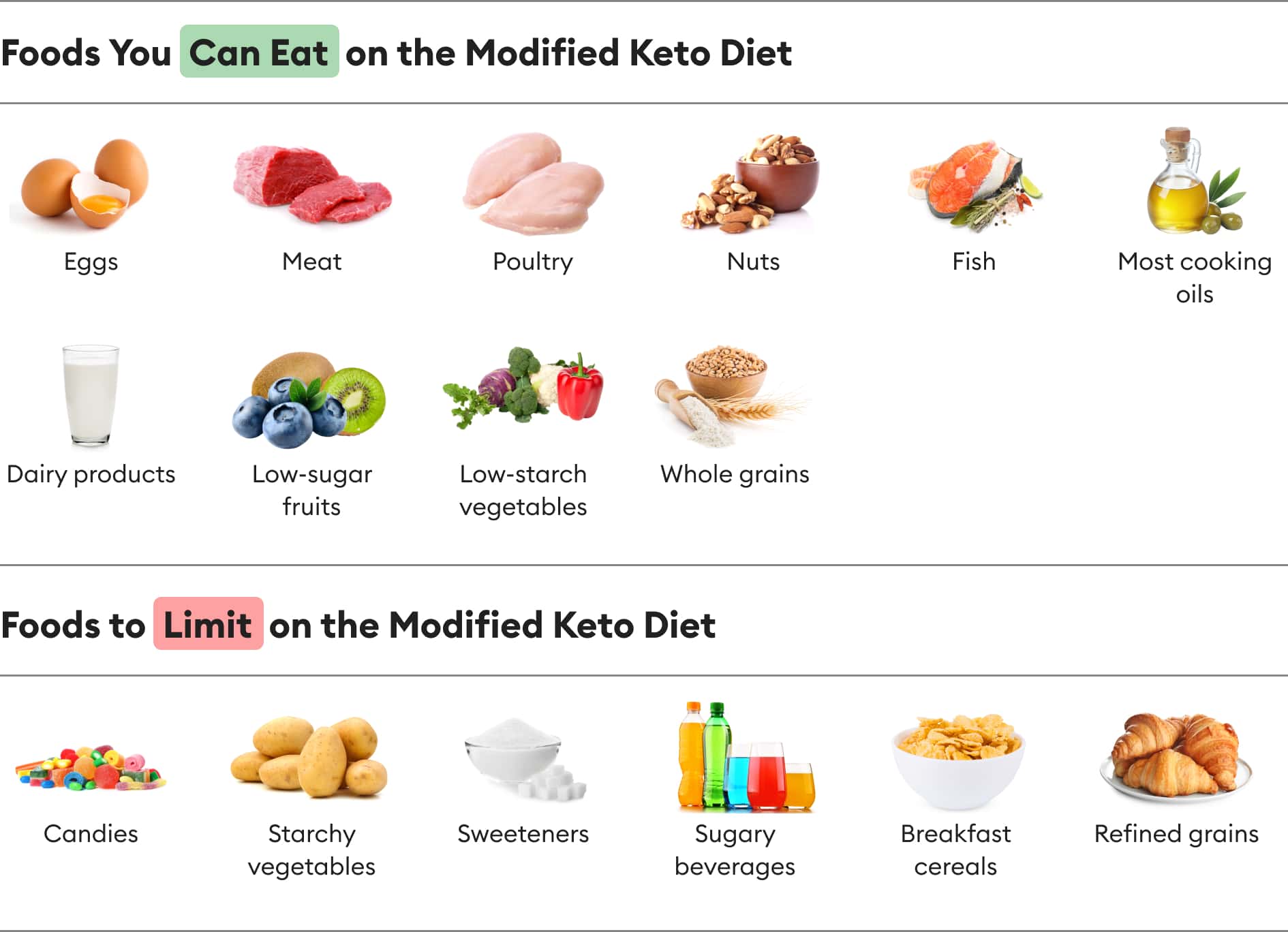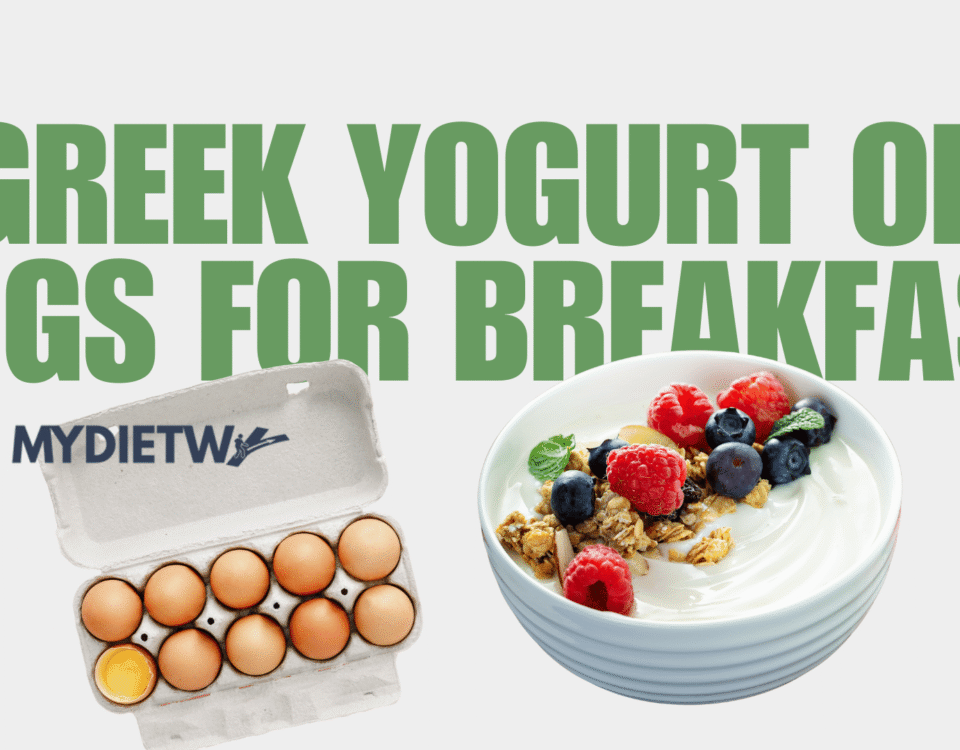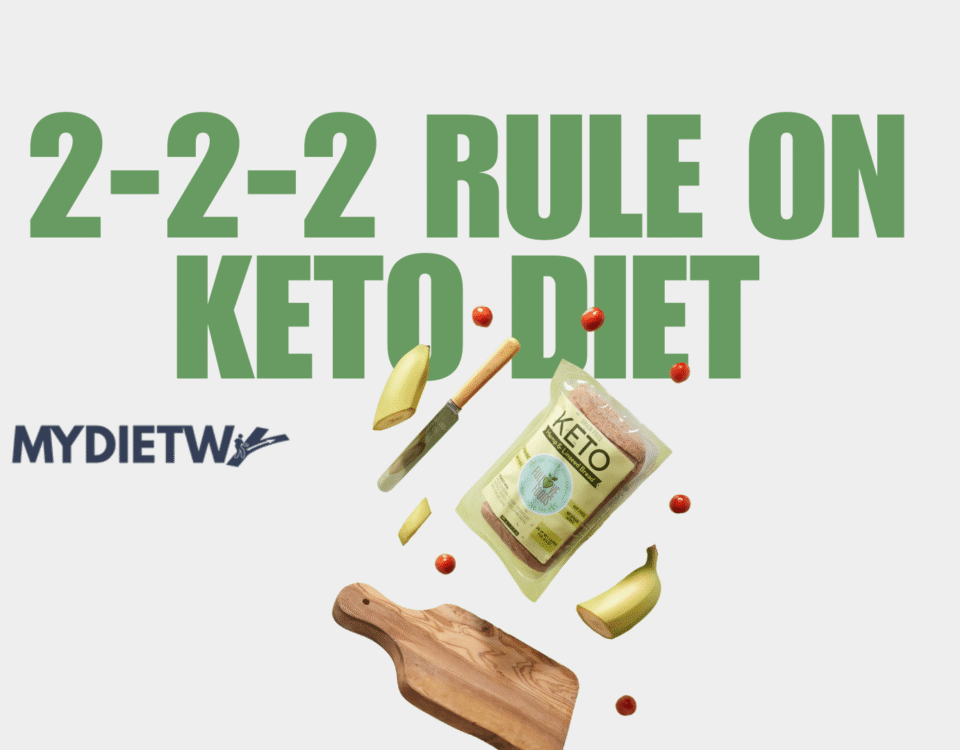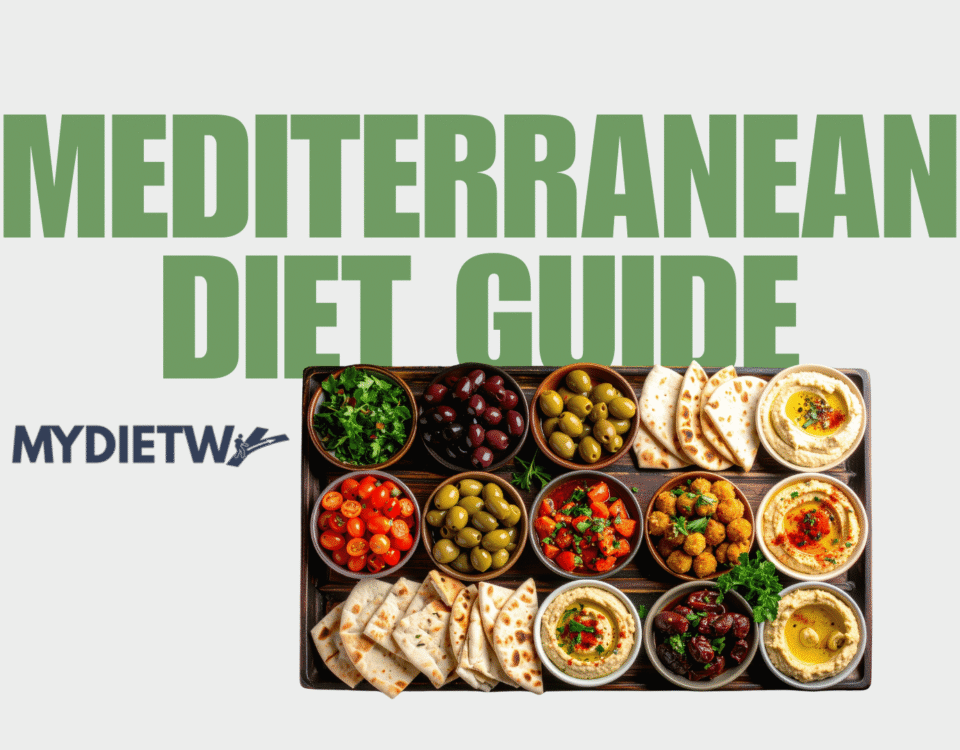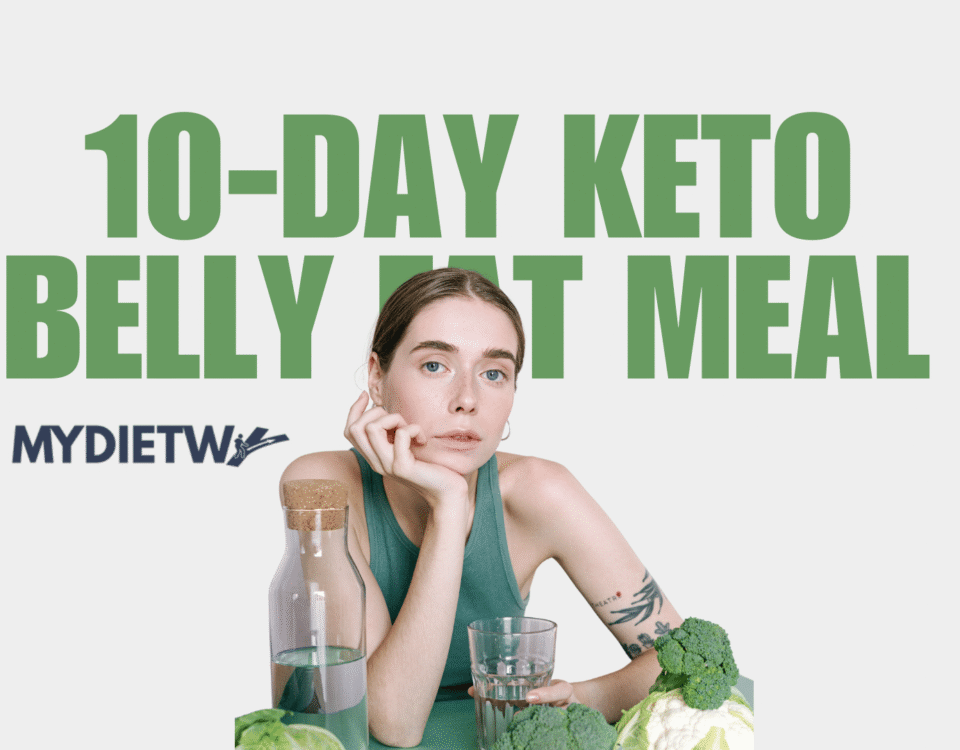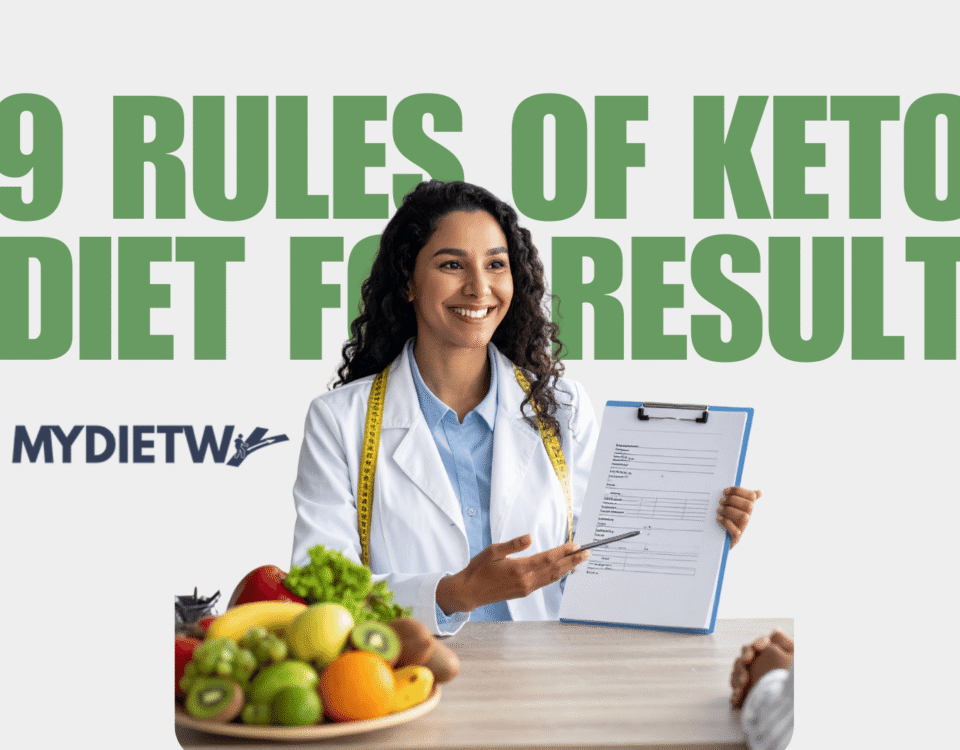The ketogenic diet, or keto diet, has become one of the most popular nutrition strategies in recent years. Known for its ability to help people lose weight, improve energy levels, and even support certain health conditions, keto is more than just a passing trend. But here’s something many beginners don’t realize: there isn’t just one keto diet.
In fact, there are several types of ketogenic diets designed to fit different goals, activity levels, and lifestyles. Whether you’re an athlete, someone with a busy work schedule, or simply aiming to shed extra pounds, there’s a version of keto that might work for you.
In this guide from MyDietWay, we’ll break down the main types of keto diets—Standard Keto (SKD), Targeted Keto (TKD), Cyclical Keto (CKD), and High-Protein Keto. By the end, you’ll have a clear understanding of which plan may be best for your personal health journey.
What Is the Keto Diet?
Before we dive into the variations, let’s quickly cover the basics.
The keto diet is a low-carb, high-fat eating plan that puts your body into a metabolic state called ketosis. In ketosis, your body burns fat instead of carbohydrates for fuel. Normally, your body relies on glucose (from carbs) as its main energy source, but when carbs are drastically reduced, fat is broken down into ketones, which serve as an alternative energy supply.
You can know about keto diet in this article : The Ultimate Keto Diet Guide
Core Keto Diet Macros:
- Carbohydrates: 5–10% of daily calories
- Protein: 20–25% of daily calories
- Fat: 65–75% of daily calories
This formula is flexible, depending on the type of keto you follow—which is exactly what we’ll explore next.

types of keto diet
The 4 Main Types of Keto Diets
There are four primary types of keto diets that most people follow:
- Standard Keto Diet (SKD)
- Targeted Keto Diet (TKD)
- Cyclical Keto Diet (CKD)
- High-Protein Keto Diet
Each version has its unique benefits and drawbacks. Let’s break them down in detail.
1. Standard Keto Diet (SKD)
The Standard Keto Diet is the most popular and widely followed form of keto. It’s the plan most people think of when they hear “keto diet.”
Macros for SKD:
- Carbs: 5–10% (usually 20–50 grams per day)
- Protein: 20–25%
- Fat: 70–75%
How It Works:
By keeping carbs extremely low, your body quickly depletes glycogen stores and shifts into ketosis, burning fat as its main fuel source.
Benefits of Standard Keto:
- Rapid fat loss
- Stabilized blood sugar levels
- Increased mental focus and clarity
- Appetite control due to high fat and moderate protein intake
Best For:
- Beginners trying keto for the first time
- People looking for weight loss
- Individuals with metabolic issues such as insulin resistance
Sample SKD Meals:
- Breakfast: Scrambled eggs with avocado and olive oil
- Lunch: Grilled chicken with cauliflower rice and buttered broccoli
- Dinner: Salmon cooked in coconut oil with a side of spinach
2. Targeted Keto Diet (TKD)
The Targeted Keto Diet is designed for people who are physically active and need an extra energy boost for workouts.
Macros for TKD:
- Same as SKD, but with additional carbs before or after exercise
- Typically 20–50 grams of fast-digesting carbs around workout times
How It Works:
By eating carbs around your workouts, your body can use the glucose for immediate energy without fully leaving ketosis. Once the carbs are burned during exercise, your body returns to fat-burning mode.
Benefits of Targeted Keto:
- Provides more energy for intense workouts
- Reduces risk of fatigue during exercise
- Helps replenish glycogen stores slightly without disrupting ketosis long-term
Best For:
- Athletes
- Bodybuilders
- People who engage in high-intensity interval training (HIIT) or endurance sports
Sample TKD Meals:
- Pre-Workout: A small banana or rice cake with nut butter
- Post-Workout: Protein shake with a small serving of berries
- Standard keto meals the rest of the day
3. Cyclical Keto Diet (CKD)
The Cyclical Keto Diet is a more advanced approach that alternates between periods of low-carb eating and high-carb “refeeds.”
Typical Cycle:
- 5–6 days: Standard keto diet (very low carb, high fat)
- 1–2 days: High-carb intake (to restore glycogen levels)
Macros for CKD:
- Low-carb days: Same as SKD
- High-carb days: Carbs make up 60–70% of intake, protein moderate, fat low
How It Works:
Athletes often need higher glycogen levels to fuel demanding training sessions. CKD allows them to get the benefits of ketosis during the week but still restore muscle glycogen with carbs on “carb-loading” days.
Benefits of Cyclical Keto:
- Supports intense training and athletic performance
- May prevent metabolic slowdown over time
- Allows more dietary flexibility (pizza or pasta on refeed days)
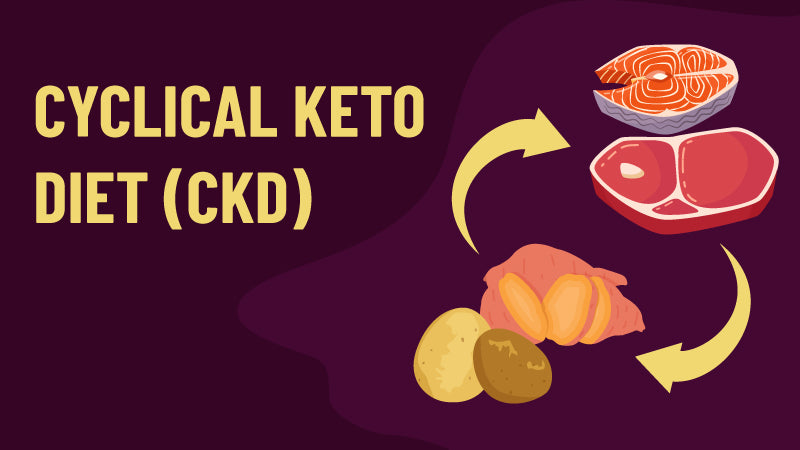
types of keto diet
Best For:
- Experienced keto followers
- Competitive athletes
- People doing heavy lifting, endurance training, or long workouts
Sample CKD Schedule:
- Monday–Friday: Very low-carb keto meals (meat, fish, leafy greens, healthy fats)
- Saturday–Sunday: Higher carb meals (sweet potatoes, oats, fruits, whole grains)
4. High-Protein Keto Diet
The High-Protein Keto Diet is similar to the Standard Keto Diet but emphasizes more protein and slightly less fat.
Macros for High-Protein Keto:
- Carbs: 5–10%
- Protein: ~35%
- Fat: ~60%
How It Works:
Protein intake is increased to support muscle growth, repair, and satiety. This version is especially useful for people worried about losing muscle mass while on a low-carb diet.
Benefits of High-Protein Keto:
- Helps maintain and build muscle
- Keeps you feeling fuller longer
- May be easier to stick to for those who prefer lean meats and higher protein foods
Best For:
- People with high protein needs (athletes, weightlifters)
- Those aiming to lose fat while maintaining muscle mass
- Anyone who struggles with hunger on SKD
Sample High-Protein Keto Meals:
- Breakfast: Egg whites and whole eggs with turkey bacon
- Lunch: Lean beef with asparagus and olive oil
- Dinner: Grilled chicken breast with sautéed zucchini
Which Keto Diet Should You Choose?
The right type of keto depends on your goals, activity level, and lifestyle.
| Keto Diet Type | Best For | Carb Intake | Protein Intake | Fat Intake |
|---|---|---|---|---|
| Standard Keto (SKD) | Beginners, weight loss | 20–50 g/day | Moderate (20–25%) | High (70–75%) |
| Targeted Keto (TKD) | Active people, athletes | Carbs only around workouts | Moderate | High |
| Cyclical Keto (CKD) | Advanced athletes | 5–6 days low carb, 1–2 days high carb | Moderate | Varies |
| High-Protein Keto | Bodybuilders, those wanting muscle maintenance | 20–50 g/day | High (35%) | Moderate (60%) |
Common Mistakes When Choosing a Keto Diet
Even though keto can be powerful, many people struggle because they make simple mistakes. Avoid these pitfalls:
- Not tracking carbs properly – Many underestimate hidden carbs in sauces, snacks, or drinks.
- Not eating enough electrolytes – Low carb diets can flush sodium, magnesium, and potassium. Supplement wisely.
- Switching keto types too soon – Give one version a fair chance before trying another.
- Eating poor-quality fats – Focus on whole foods like avocados, nuts, olive oil, and fatty fish—not processed seed oils.
Final Thoughts
The ketogenic diet isn’t one-size-fits-all. Depending on your lifestyle, goals, and body, one type of keto may serve you better than another.
- If you’re new to keto, start with Standard Keto (SKD).
- If you work out often, Targeted Keto (TKD) might give you more energy.
- If you’re an athlete, Cyclical Keto (CKD) may be the best fit.
- If muscle maintenance is your priority, High-Protein Keto could be the right approach.
No matter which plan you choose, remember that success comes from consistency, balance, and listening to your body.
At MyDietWay, we provide expert insights, guides, and resources to help you discover the diet strategy that works best for your health journey. If you’re considering keto, explore our tips and stay updated with the latest nutrition advice tailored for real results.
Your Next Step: Try tracking your meals for a week and see which version of keto fits your lifestyle best. Small adjustments can lead to big transformations.
Disclaimer: This article is for educational purposes only. Always consult your doctor or a registered dietitian before making significant dietary changes, especially if you have health conditions.

